Idea by
Rita Duina and Chiara Vacirca + Concretipo
Rita Duina
Call for ideas 2021
TAB - Take Away Bibliographies
TAB - Take Away Bibliographies
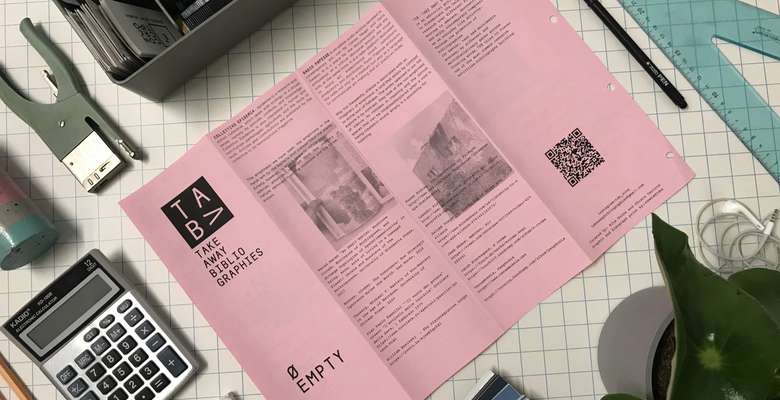
- Systemic changes
TAB is a bibliographies - texts and multimedia sources - dedicated editorial project. Each fanzine proposes lists of sources by different and multidisciplinary gazes around one “floating word” involving 6 different contributors, with heterogeneous backgrounds.
Through the re-semantization of one of the most common research activity - bibliography creation – as a coral act outside academic constrictions, TAB aims to be a common ground to revalue individual and collective agency in every-day informal learning processes and a space of inspiration for not linear, not-productive knowledge.
The medium chosen, fanzine, allows the bibliographies collected to be easily distributed and travel from unexpected locations to random users. As a multidimensional object - through a QR code on the back of the zine, readers can access the links to the sources listed - the zines foster an unconventional approach to information architecture which puts into discussion everyday research practices.
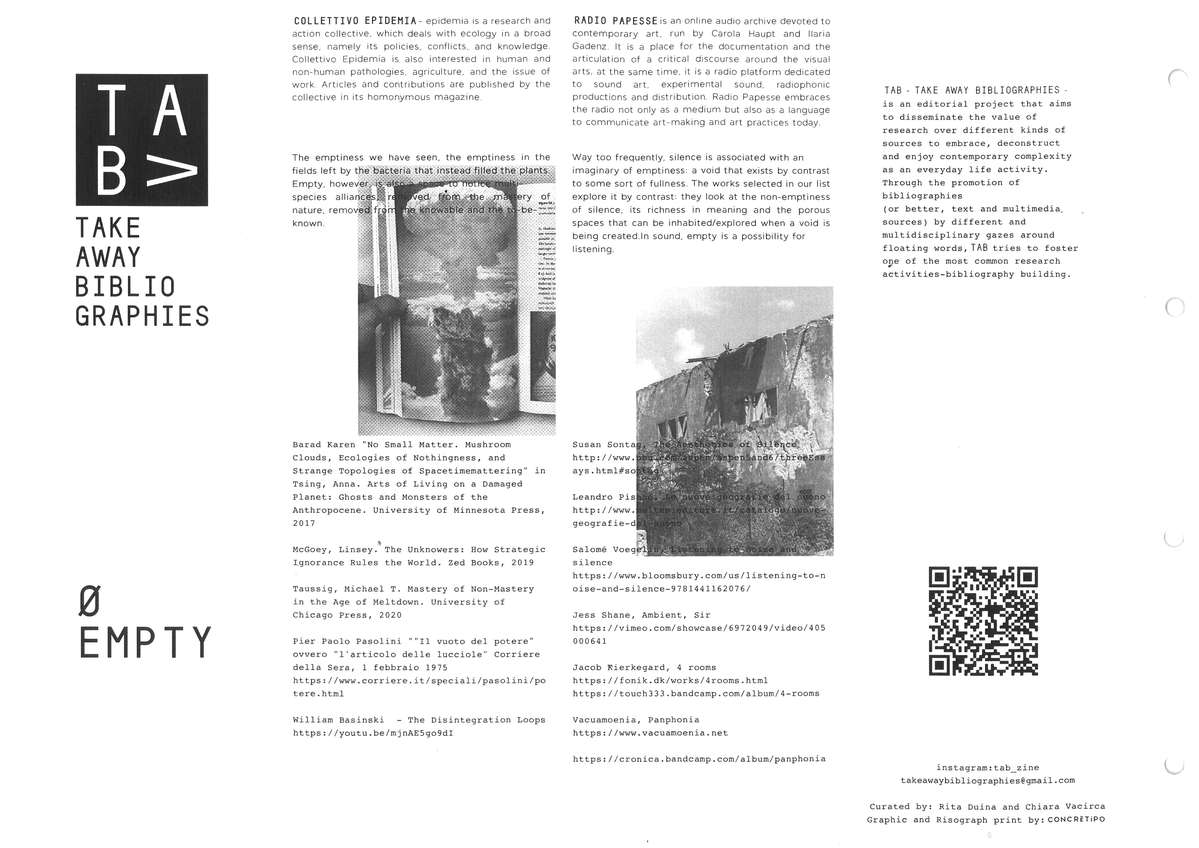
How the zines look. This is the front of the first fanzine released around the word EMPTY.
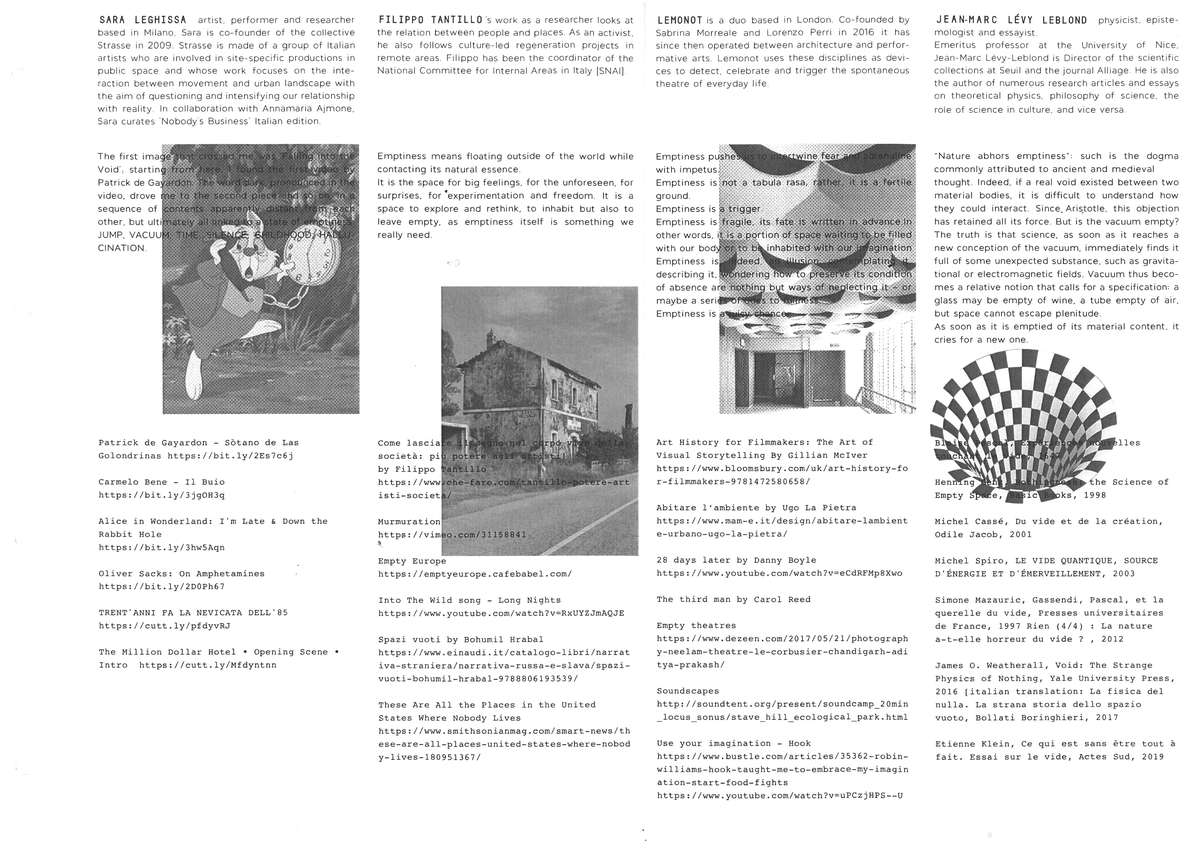
How the zines look. This is the back of the first fanzine released around the word EMPTY.
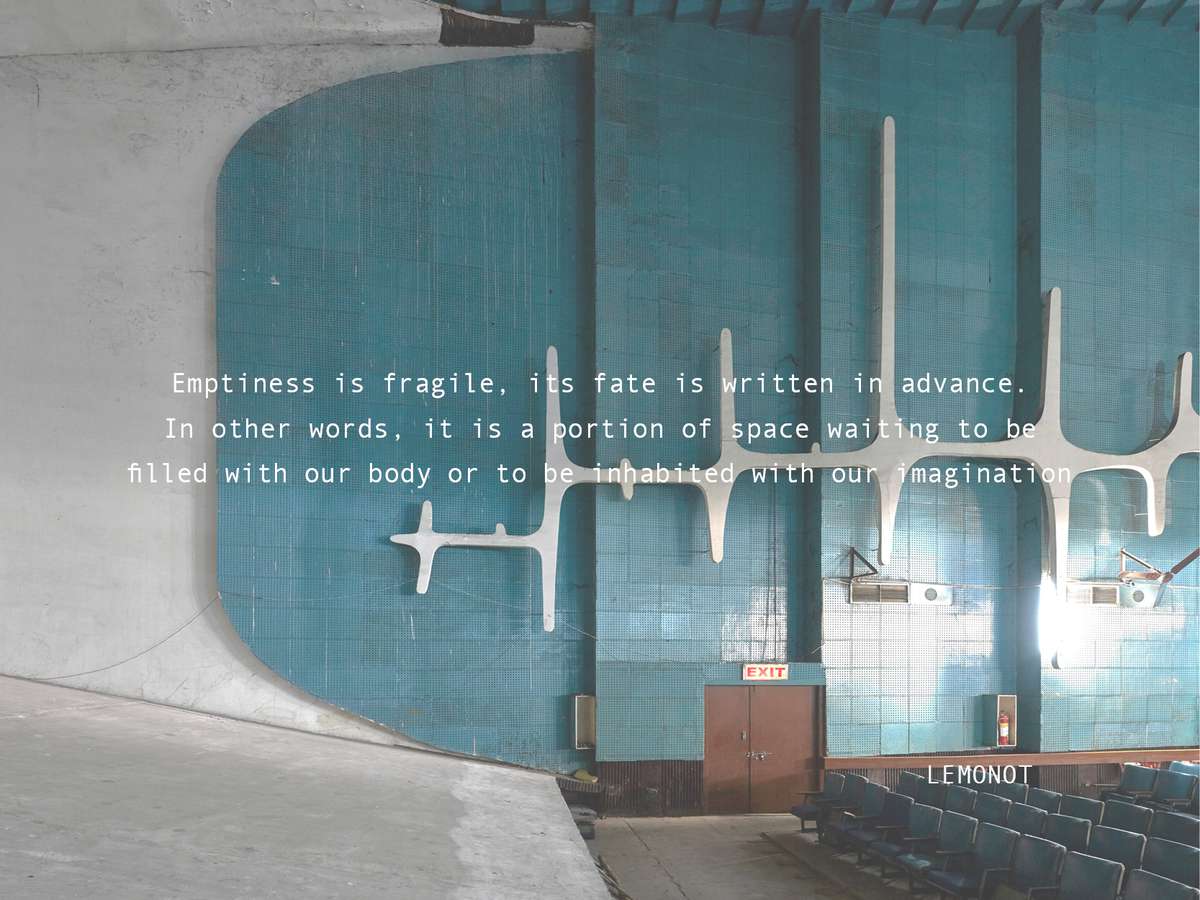
One of the images proposed as a source for the bibliography created and shared by the architect duo Lemonot, one of the six contributors, with a text taken from the introduction to their list
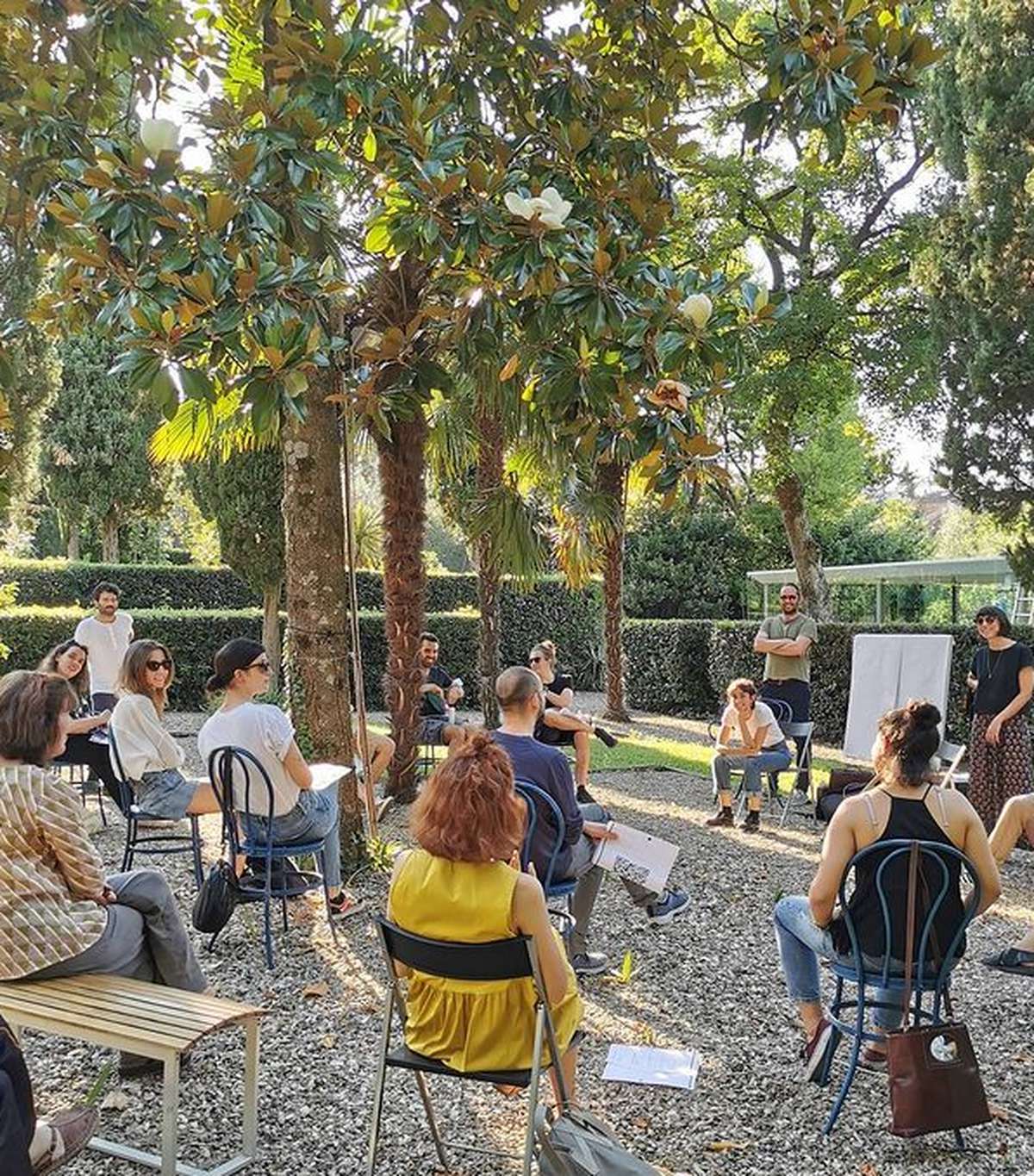
TAB is a platform for knowledge sharing, an approach to sense-making and research in informal learning processes: fanzines are the most tangible aspect of the whole project, but not the only one. The pic comes from the (co)deconstructive workshop “Facilities” developed for Scuola Popolare at Villa Romana, Florence.
[Pic by Villa Romana]
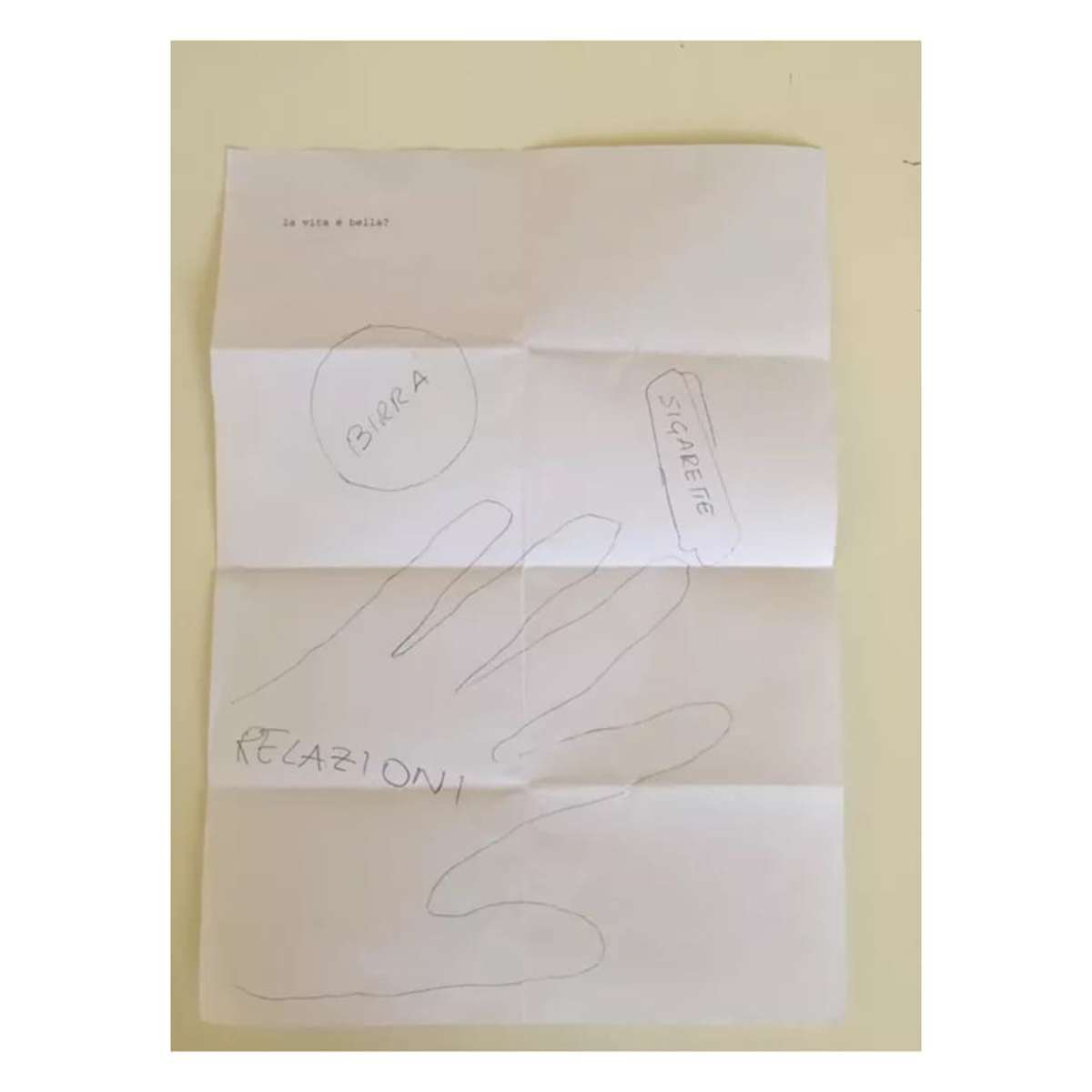
This pic is part of the outputs of the performative practice ‘what’s in my pockets’ proposed during Nobodys Indiscipline 2019 in the Primo Moroni Archive (COX 18, Milan). Every participant was provided with a question to answer inhabiting the Archive’s space and sources.
TAB - Take Away Bibliographies
TAB - Take Away Bibliographies

- Systemic changes
TAB is a bibliographies - texts and multimedia sources - dedicated editorial project. Each fanzine proposes lists of sources by different and multidisciplinary gazes around one “floating word” involving 6 different contributors, with heterogeneous backgrounds.
Through the re-semantization of one of the most common research activity - bibliography creation – as a coral act outside academic constrictions, TAB aims to be a common ground to revalue individual and collective agency in every-day informal learning processes and a space of inspiration for not linear, not-productive knowledge.
The medium chosen, fanzine, allows the bibliographies collected to be easily distributed and travel from unexpected locations to random users. As a multidimensional object - through a QR code on the back of the zine, readers can access the links to the sources listed - the zines foster an unconventional approach to information architecture which puts into discussion everyday research practices.
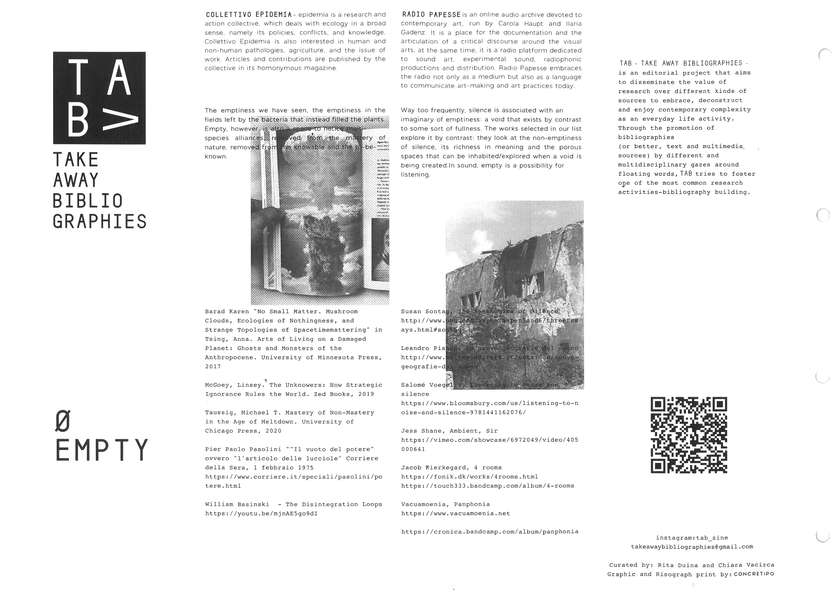
How the zines look. This is the front of the first fanzine released around the word EMPTY.
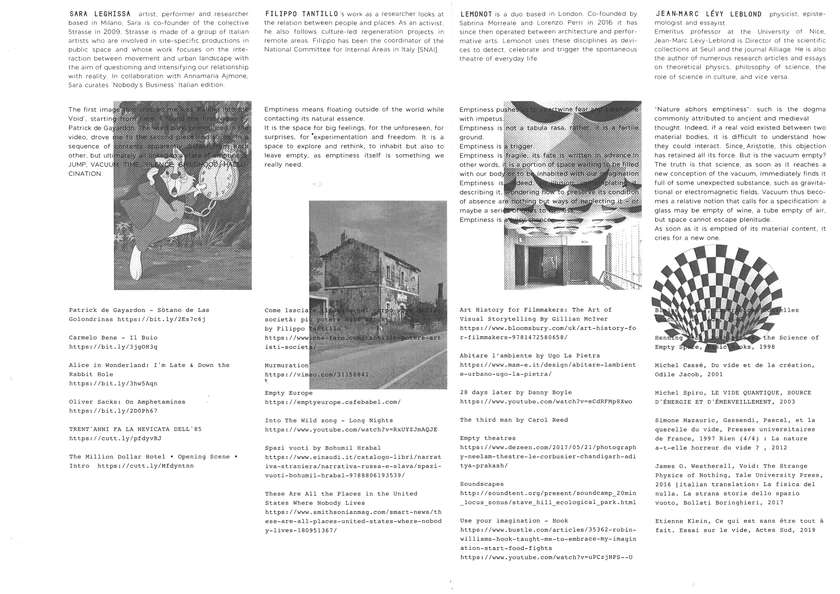
How the zines look. This is the back of the first fanzine released around the word EMPTY.
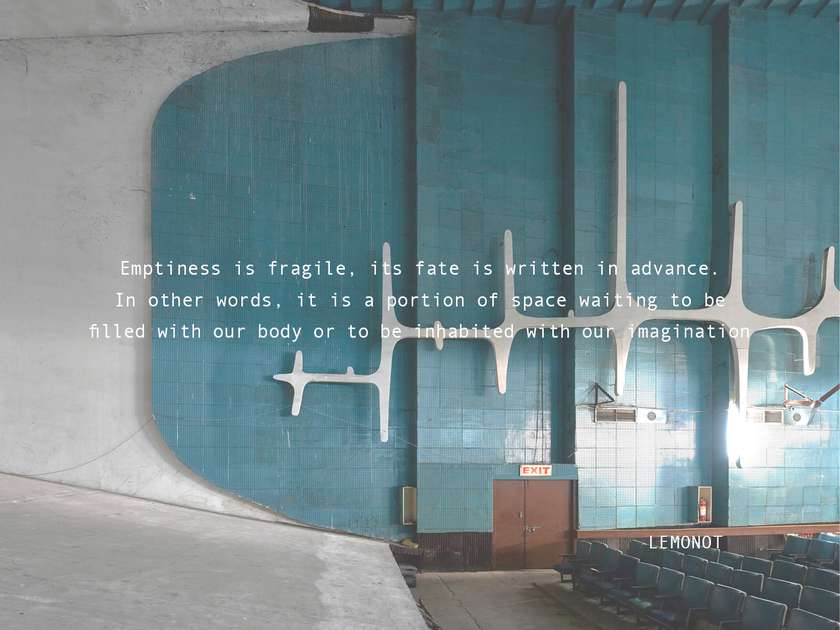
One of the images proposed as a source for the bibliography created and shared by the architect duo Lemonot, one of the six contributors, with a text taken from the introduction to their list
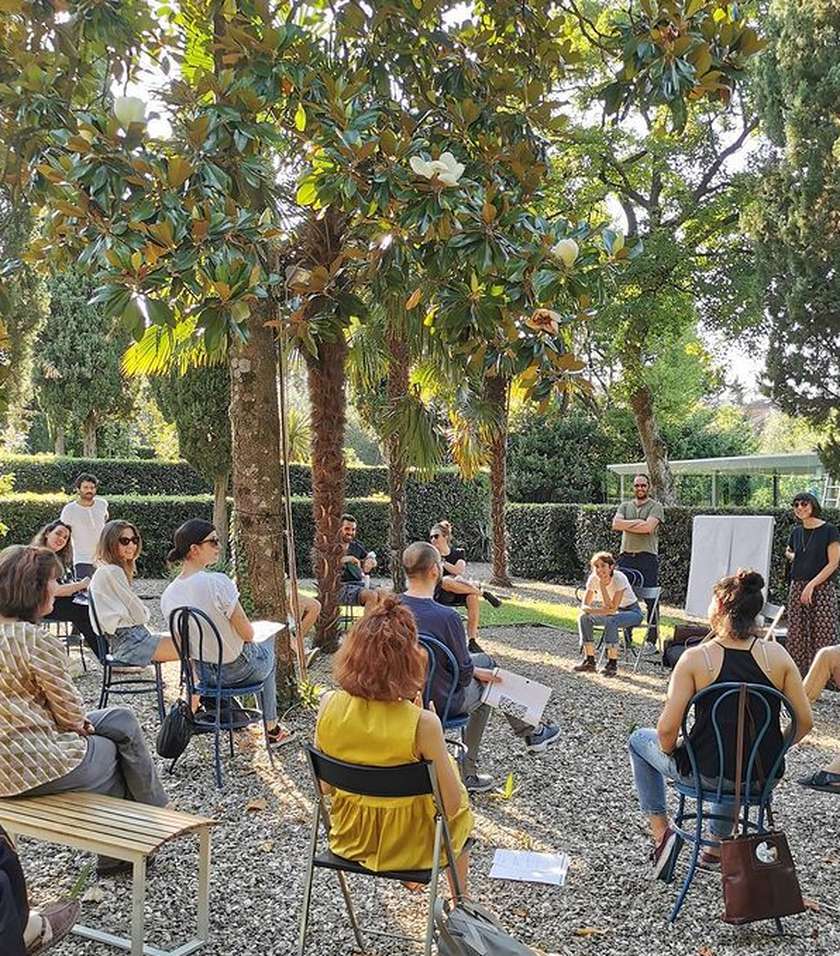
TAB is a platform for knowledge sharing, an approach to sense-making and research in informal learning processes: fanzines are the most tangible aspect of the whole project, but not the only one. The pic comes from the (co)deconstructive workshop “Facilities” developed for Scuola Popolare at Villa Romana, Florence.
[Pic by Villa Romana]
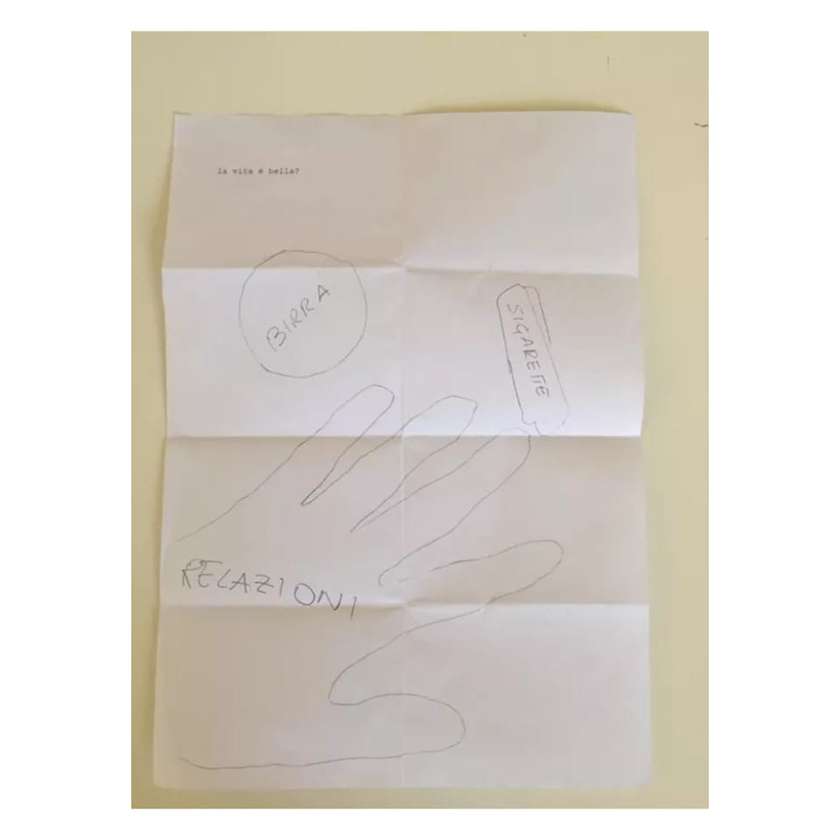
This pic is part of the outputs of the performative practice ‘what’s in my pockets’ proposed during Nobodys Indiscipline 2019 in the Primo Moroni Archive (COX 18, Milan). Every participant was provided with a question to answer inhabiting the Archive’s space and sources.